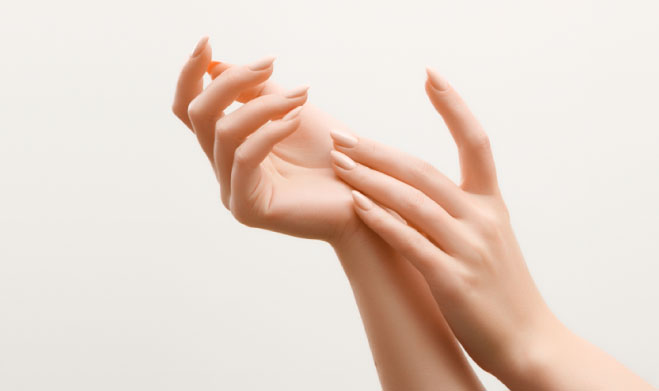To begin your journey with Marc Seifman, you will typically have an initial consultation to understand your symptoms, examine your hand and wrist, and see how we can help you.
It is important to remember that the initial consultation is a no obligation consultation. If you wish to proceed, we will schedule the surgery on a date that suits you. We will discuss the steps you need to take in the lead up to your surgery, and also on the day of your procedure.
After the procedure, you will likely have a dressing on the wound which should be kept clean and dry. Specific instructions will be given to you after the procedure. You may experience some discomfort a number of hours after the procedure once the effects of the local anaesthetic wear off, and these are usually easily addressed with pain medications that can be purchased over the counter at supermarkets or pharmacies. You should be able to go home on the same day.
You should be able to return to work within one week depending on what your regular occupation is. We advise against strenuous physical activity and exercise within the first two weeks.






